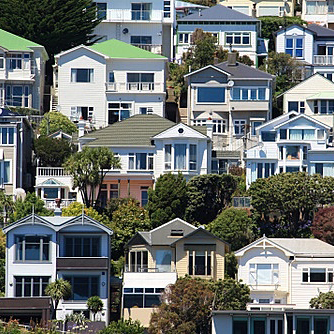1 | Introduction | - Overview and explanation of the course
- What is sustainability? Why be sustainable?
- Household ecological footprint – the main areas
|
2 | House:
Design and construction | - Thermal efficiency and ventilation
- Location, orientation and passive solar gain
- Construction methods and materials
|
3 | Energy sources | - Renewable vs non-renewable; Clean (non-carbon/solar) vs carbon
- Energy generation at home
|
4 | Energy uses 1:
Space heating and cooling | - What is heat? How do we feel heat?
- Different heating options with pros/cons
- Energy savings
|
5 | Energy uses 2:
Hot water, lighting
and appliances | - Hot water heating options and energy saving
- Cooking/Appliances – options and energy savings
- Lighting options and energy saving
|
6 | Food and goods | - The lifecycle of food and goods:
Production > Processing/Packaging > Distribution > Consumption > Waste - Sustainable options
|
7 | Garden | - Looking after soil
- Growing vegetables, fruit and herbs
- What are trees and shrubs good for?
|
8 | Water | - What water is used for in the home, and how much?
- Saving water inside and outside
- Rainwater and greywater systems
|
9 | Waste | - Different types of waste
- Recycling
- Composting
|
10 | Transport | - Types of transport with pros/cons
- Sustainable options: Biking, walking, public
|

